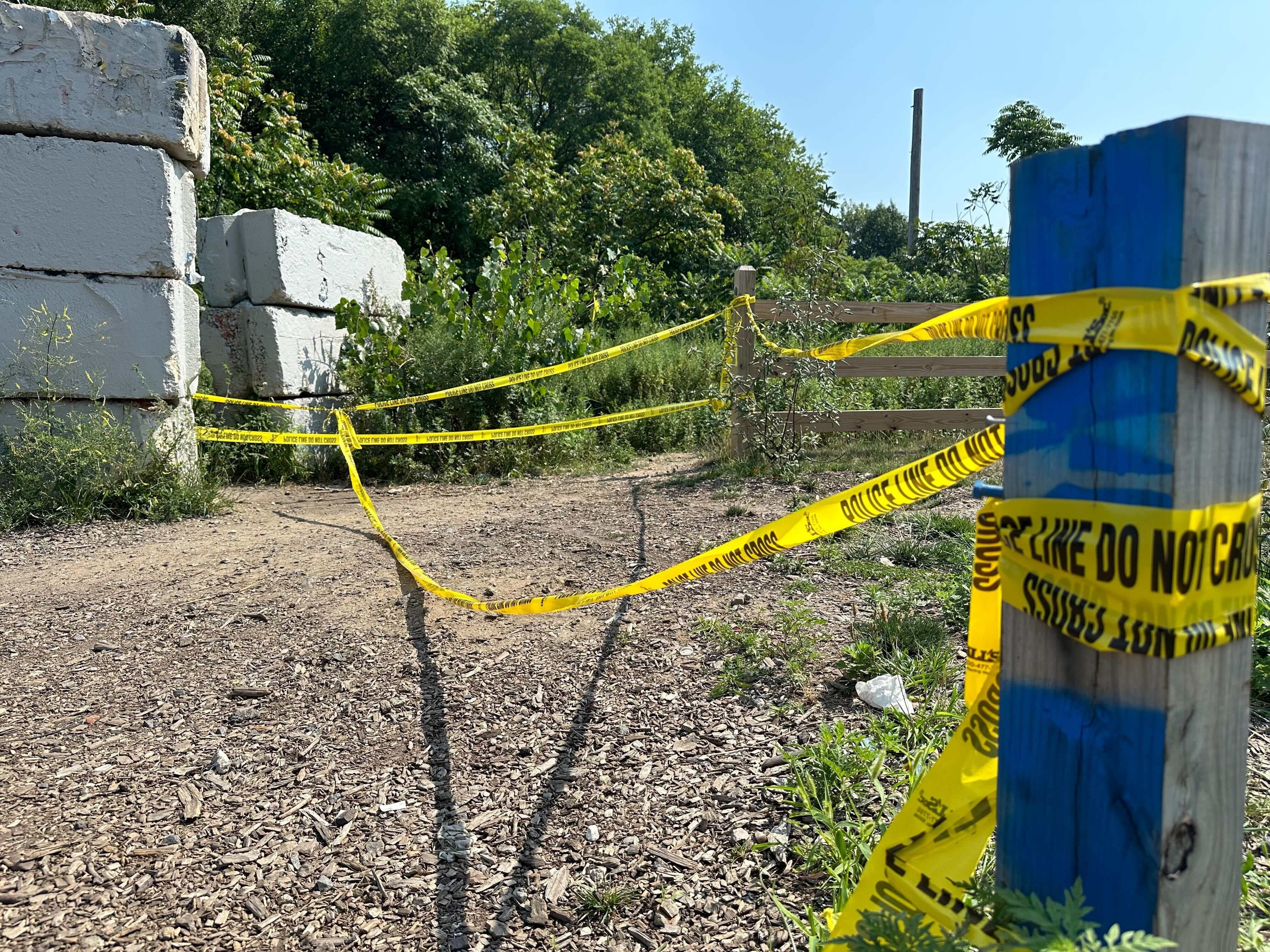
Conrail met with the city of Philadelphia, specifically Councilmember Mark Squilla, who represents the district which includes Graffiti Pier, this week.
Squilla said he’s confident that the pier will become a public park someday and disagreed that the city waited too long to make it happen.
“The goal would be to maybe streamline the process and have a new agreement drawn up,” he said. “They seemed very amenable to trying to work something out, at least with me. [Conrail] still has to maintain it if they’re not going to sell it. What’s most important to us is having access to the river.”
There is already some grant money associated with the public park, but since it hasn’t been spent yet, officials said they wanted to make sure it’s still available for that purpose.
“This location has been a challenge for quite some time. It’s hard to secure,” he said. “I do believe that the best use of that property would be open space.”
The pier was a legacy asset from Conrail’s takeover of the defunct Reading Company. It was once used to export coal from mines in northeastern Pennsylvania.
The business itself still exists today in Baltimore, where CSX maintains a coal export terminal from mines in West Virginia and Pennsylvania.
Gorton isn’t concerned about the structural integrity of the pier, which has been monitored at least once a year. He is interested in getting customers to use the pier for business again — even as a coal pier.
“Some suitors approached us to sell the land for development of condos. Then we’re also had some customers that come in and say, ‘Is that a viable option for us to use that pier for certain commodities coming into Philadelphia?’” he said. “It’s not like the entire pier is in jeopardy of collapsing, that’s not the case. Structurally, I don’t have concerns with the pier that’s left. We’re doing further evaluation and sonar to make sure.”
But the city of Philadelphia’s Licenses and Inspections records show that the company hasn’t shared those annual reports with the city and it faces a fine.
As for the Delaware River Waterfront Corporation, purchasing privately owned land along the riverfront is the organization’s biggest challenge to redevelopment and public access for a trail that runs along the water’s edge.
The nonprofit declined an interview for this news story.
“It is too soon for us to determine how this will impact DRWC’s acquisition and future development of the pier,” said Joe Forkin, president of the Delaware River Waterfront Corporation, in a statement. “But it is our strong hope that we can continue working with Conrail to finalize the long-anticipated purchase agreement that will ultimately allow DRWC to provide meaningful public space for the community around the Graffiti Pier property.”
Gorton said that Conrail is open to offering a subsidy to DRWC, but is looking for “fair market value” for the pier. The assessed value of the entire Conrail property that spans 182 acres is $14 million — the public park would only be 6 acres of that.
“I want to make sure that we look at all, you know, viable options before we move forward,” he said. “The memorandum of understanding was that they would like to make that a city park, but there were really no negotiations on purchasing the property.”
As artists mourn the loss of what they considered to be an abandoned space that they poured good energy into for decades, public advocates are hoping the pier might still become a legal public space someday.
“Walking through [Graffiti Pier] felt like stepping into a hidden, creative world, full of poetry and imagination,” said Jane Golden, executive director of Mural Arts Philadelphia. “Many cities around the world have spaces where graffiti and street art emerge organically. Its recent collapse of a significant section of the pier leaves behind a void in our city’s cultural landscape.”
Artist Ryan said that for her, the pier is special because it’s a gritty wonderland that’s always changing.
“You can work on something for a few hours, work on it for a day. Or a couple days if you’re lucky. And the moment that you walk away, it might be completely covered up. It’s just like you painted it for the moment. You’re lucky if you get a picture,” she said.
And she’s not alone.
“Decades of Philly artists, layers and layers of paint like this thick,” she said gesturing with her hands. “You don’t really get to see that especially, like, within the city.”
And she’s yet to find anywhere else that gives her that same feeling or freedom.
WHYY News reporter Peter Crimmins and Billy Penn news intern Santiago Ortiz contributed to this news story.

Post a Comment